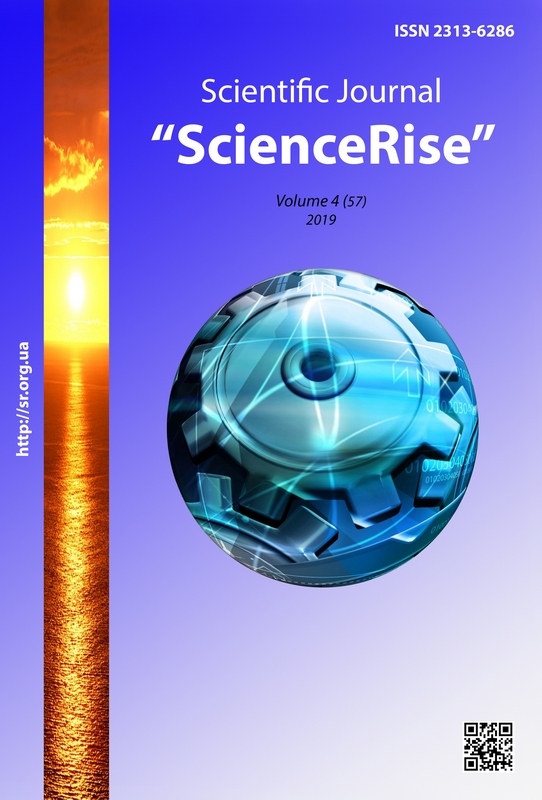Analysis of psychological conditions of perception of presentation material by cadets and officers of the National Guard of Ukraine
DOI:
https://doi.org/10.15587/2313-8416.2019.164564Keywords:
multimedia presentation, National Guard of Ukraine, psychological perception, psychological aspects, cadetsAbstract
An analysis of the psychological advantages of using a multimedia presentation for officers and cadets of the National Guard of Ukraine is made, which allows to outline the positive aspects of the psychological perception of material for both officers and cadets, and for the teacher. The study of scenarios for the use of presentations in the training of cadets and officers is conducted. This allows the teacher to concentrate on preserving psychological reserves in order to effectively statement of the material. The analysis of evaluation criteria for presentations is carried out, which allows the best psychological perception of diverse information for all psycho types of listeners
References
Chi, Y.-L., Chen, T.-Y., Tsai, W.-T. (2014). Creating Individualized Learning Paths for Self-regulated Online Learners: An Ontology-Driven Approach. Lecture Notes in Computer Science, 546–555. doi: http://doi.org/10.1007/978-3-319-07308-8_52
Denoyelles, A., Raible, J., Seilhamer, R. (2015). Exploring Students' e-Textbook Practices in Higher Education. Louisville: EDUCAUSE Review, 26.
Garrido, A., Onaindia, E. (2013). Assembling Learning Objects for Personalized Learning: An AI Planning Perspective. IEEE Intelligent Systems, 28 (2), 64–73. doi: http://doi.org/10.1109/mis.2011.36
Jean-Louis, M. (2015). An Overview of Online Learning in Canada. Thunder Bay ON: Contact North, 234.
Karampiperis, P. (2005). Adaptive Learning Resources Sequencing in Educational Hypermedia Systems. Educational Technology & Society, 8 (4), 128–147.
Martin, B. R. (2016). Twenty challenges for innovation studies. Science and Public Policy, 43 (3), 432–450. doi: http://doi.org/10.1093/scipol/scv077
Naumenko, M., Hrabovskyi, Y. (2018). Elaboration of methodology for designing a publishing and printing web portal. Eastern-European Journal of Enterprise Technologies, 2 (2 (92)), 14–22. doi: http://doi.org/10.15587/1729-4061.2018.126305
Sursock, A. (2015). Trends 2015: Learning and Teaching in European Universities European University Association. Brussels: EUA, 128.
Chiu, T. K. F. (2016). Introducing electronic textbooks as daily-use technology in schools: A top-down adoption process. British Journal of Educational Technology, 48 (2), 524–537. doi: http://doi.org/10.1111/bjet.12432
Hrabovskyi, Y. (2018). Designing the intelligent user interface for electronic education support systems. ScienceRise, 11 (52), 36–39. doi: http://doi.org/10.15587/2313-8416.2018.147987
Downloads
Published
Issue
Section
License
Copyright (c) 2019 Mykola Tovma

This work is licensed under a Creative Commons Attribution 4.0 International License.
Our journal abides by the Creative Commons CC BY copyright rights and permissions for open access journals.
Authors, who are published in this journal, agree to the following conditions:
1. The authors reserve the right to authorship of the work and pass the first publication right of this work to the journal under the terms of a Creative Commons CC BY, which allows others to freely distribute the published research with the obligatory reference to the authors of the original work and the first publication of the work in this journal.
2. The authors have the right to conclude separate supplement agreements that relate to non-exclusive work distribution in the form in which it has been published by the journal (for example, to upload the work to the online storage of the journal or publish it as part of a monograph), provided that the reference to the first publication of the work in this journal is included.

